ADSactly Literature: Decadentism and the dandy in modern aesthetics

Decadentism and the dandy in modern aesthetics
Friends readers, in the line that I have been developing about literary modernity, I will tell you about another important moment in its development. I refer to Decadentism. Perhaps it should not be seen as a movement, but rather as a current or atmosphere in thought, art and, particularly, literature, which spread throughout almost all of Europe in the second half of the nineteenth century, with special emphasis on the last two decades; hence it was considered a manifestation of the "end-of-the-century" (or finisecular) spirit. In the pictorial field, we will have
to relevant artists (Rossetti, Doré, Beardsley, Klimt, etc.), some of their works used to illustrate this post.
The origins of Decadentism (and from there we will characterize it) can be found in England, first, and then in France. Let's look briefly at the historical context. There has been in Europe, with epicenter in Great Britain, the Industrial Revolution since the second half of the eighteenth century, extending throughout the nineteenth. There is a change from an agricultural, rural and artisanal economy to an industrial, urban and mechanized one, which affects the daily life of the inhabitants in different ways. Of course, its main manifestations can be found in the new city, the modern industrial city. The English writer Charles Dickens has very illustrative passages in his novel Tough Times (1845):
It was a city with machinery and high chimneys, from which spirals of smoke came out uninterruptedly and never quite got rid of (...) There were several wide streets in the city, which resembled each other a lot, and many narrow streets that resembled each other more, inhabited by people also very equal to each other, who entered and left all at the same time, resonated the paving in the same way and performed the same work, and for whom every day was the same as yesterday and tomorrow (...).
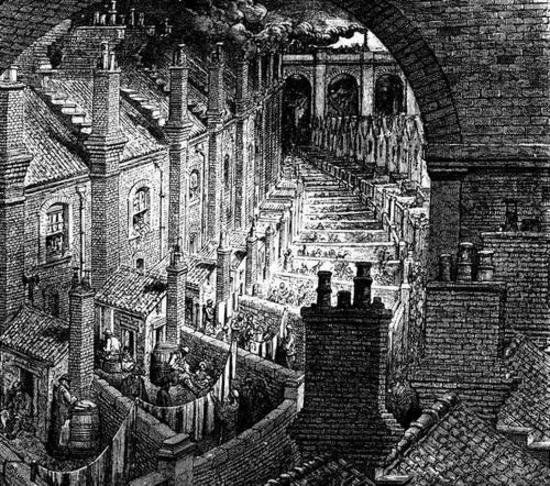
Faced with the flattening of the industrial world, the alienated and anonymous life in the metropolises, the emergence of social sectors that show no interest in the aesthetic dimension and are characterised by triviality and bad taste, the artist feels threatened and decides to affirm his "difference". Thus begins what some scholars called "the religion of beauty". As Umberto Eco expresses, "the idea is imposed that beauty is a superior value that must be materialized at all costs to such an extent that for many life itself must be lived as a work of art".
In England, around 1850, John Ruskin promotes his ideas of a certain aesthetic mysticism, in which he rejects the poverty of the developing industrial life and vindicates the sensitive and spiritual nature of the art of the Middle Ages and the Renaissance. These ideas take hold in English painters and poets of the time who, in the search for that transcendent beauty, give first value to art prior to Rafael Sanzio (the leading representative of Italian Renaissance art); hence the name "Hermandad Prerrafaelista" which will be given to the group of painters headed by Dante Gabriel Rossetti.
We have thus in the Prerrafaelism a precedent in England. It reaches the point where artists seek to redeem with beauty the most disturbing aspects of life (illness, death, the gloomy...), until they become fascinating as a way of life. And they draw a parallel between their destiny and that of ancient civilizations (Roman, Byzantine) due to their decadence. This nostalgia for these periods of decadence will give the name decadentism to this current or cultural atmosphere that characterizes the second half of the 19th century until the beginning of the 20th century.
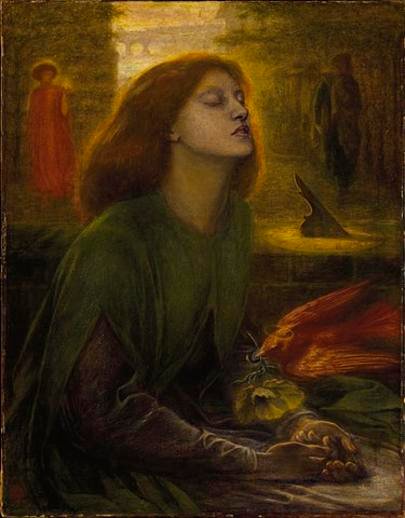
At the same time in France, also in the 1950s, the poet Baudelaire (to whom we will soon dedicate a post), initiator of Symbolism (see my previous post), perhaps the most significant literary movement of decadentism, exerted its influence on the formation of the "archetype of the decadent". In this influence highlights the value given by Baudelaire to the strange. It will say:
Beauty is always strange. I don't mean that it is voluntarily, coldly strange, for in such a case it would be a monster coming off the rails of life. I say that it always contains a little rarity (...), and that it is this rarity that makes it particularly the Beautiful.
With this, Baudelaire manifests his affinity to Poe (the first sentence is taken from his story "Ligeia"). The strange will be turned into extravagant by the decadentists, in certain cases, searched for in a voluntary and cold way.
Another aspect of Baudelaire's influence on decadentism is his attraction to the abyss ("le gouffre"). As Balakian acknowledges, the abyss becomes the last frontier of novelty that the "decadents" want to cross, tired of all other experiences. That is why the search in "artificial paradises" and their inclination to a nascent Aesthetics of Evil.
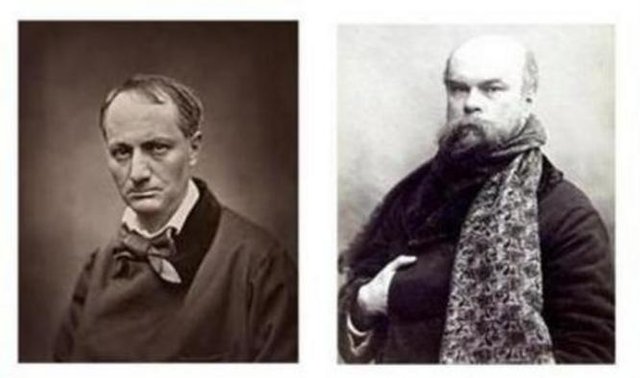
But it is Verlaine who appears as representing the consecration of this complacency in decadence with her 1883 poem "Languidity" ("Langueur"), considered almost a manifesto of the decadent spirit. We quote it in its entirety:
I am the empire at the end of decadence
who watches the great white barbarians pass by
composing indolent acrostics in a style
of gold where the languor of the sun dances.
Alone, the soul is marked in a dense weariness.
Down there, it is said, there are bloody combats.
And nothing power, weak with such slow desires,
and not want to bloom this existence a little!
And not to want, alas, and not to be able to die a little!
Ah, it's all drunk! Bathyllo, did you just laugh?
Ah, everything is drunk, eaten! Nothing more to say!
Just a silly poem that we threw into the fire;
only, a slave a bit of a reveler who abandons you;
only, a tedium of not knowing where, what afflicts you?
The image of languor is very significant of that feeling of collapse, of the consciousness of exhaustion, and at the same time of sensitive over-excitation that seems to lead only to impassibility or nonmeaning.
Apparently five years later he wrote: "I like the word "decadence" with its reflections of purple and gold," thus emphasizing that this word would suggest the refined and voluptuous thoughts of civilized man, and not expiration. Similar meaning is found in the English writer, Walter Pater, who synthesizes the best values of decadentism by thinking of the autumn of a culture with delicate tones and subtle sensations, and conceiving it as a transition, in light of its revaluation of the Renaissance. They are interested in Renaissance art cruel dreams, the ambiguous beauty of faces close to the androgynous, the beauty of femininity adorned in jewellery. In his 1873 essay on the Renaissance, Pater declares:
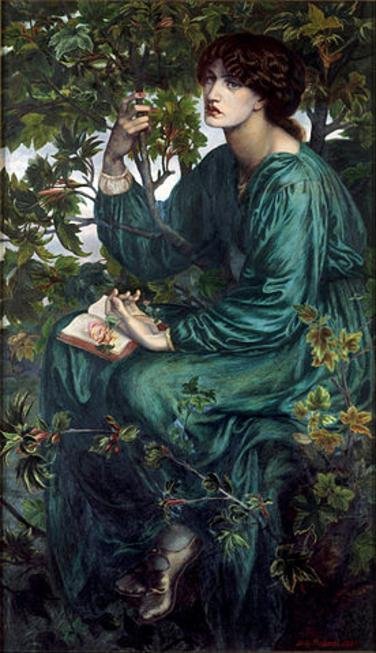
While everything sinks beneath our feet, we may well try to grasp some exquisite passion, some contribution to the knowledge that when the horizon is stripped off seems to set the spirit free for a moment, or any excitement of the senses, strange dyes, strange colors, and curious smells, or the work of the artist's hand, or the face of the friendly person.
The great themes of the decadent sensibility move, then, around the idea of a beauty that is produced by the alteration of natural forces. Hence, separating from the idyllic vision of nature that had characterized Romanticism -but touched by the rebellion of the spirit inaugurated by it-, privilege the artificial, the artifice.
Hence the Dandismo, where the first manifestations of the cult come together for the exceptional, for the artificial. The emergence of dandi is located in the English society of the first decades of the 19th century, with the figure of Lord George Brummel, who concentrates in his habits, ways of dressing and opinions the taste for extravagant beauty, aristocratic boredom, provocative gesture and disconcerting expression.
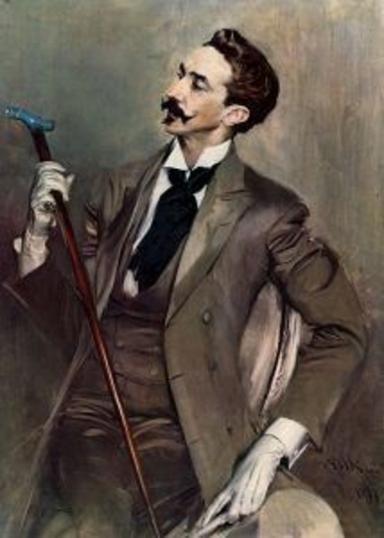
Dandism was welcomed in France by poets and novelists, especially Baudelaire, who based it on several of his articles published in 1863 under the general title of "The Painter of Modern Life". Let us quote:
These beings [referring to the Dandis] have no other profession than that of cultivating the idea of beauty in their person, satisfying their passions, feeling and thinking.
What, then, is this passion that, converted into doctrine, has made dominating adepts, this unwritten institution that has formed such a haughty caste? It is, above all, the ardent need to become an originality contained within the outer limits of convenience. It is a kind of worship of oneself (...)
(...) they are all representatives of what is best in human pride, of that need, too rare among today's, to combat and destroy triviality.
Dandism is the last spark of heroism in the decadences (...)
It is obvious that Baudelaire elaborates a somewhat apologetic theorization of Dandism; although it emerged with an air of rebelliousness, it finally integrated itself into the dominant state of things. Even in those cases where it opposes prejudices and customs, such as the option for homosexuality, totally unacceptable and criminally punished, as happened with Oscar Wilde (we will dedicate a post later).
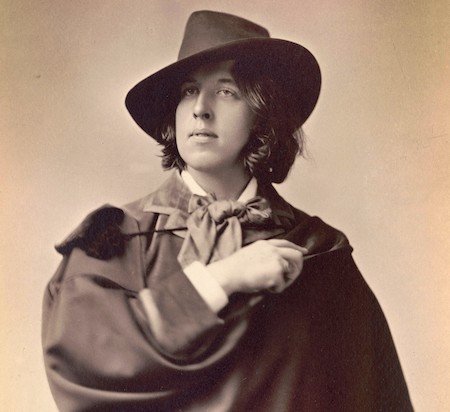
It was in 1886 when the magazine "Le Décadent" was published in France. Although the critics of the time had reproached the artists of that current with the derogatory name of "decadents", these, instead of feeling offended, adopt this name defiantly. There will be a certain repotentiation of Dandism, which returned to England with French influences, and will be assumed by the writer Oscar Wilde and the painter Aubrey Beardsley. In Italy, decadentism and Dandism will be expressed in the writer Gabriele D'Annunzio. In France, other writers will join this trend, such as Jules Barbey d'Aurevilly, Villiers de L'Isle-Adam, Pierre Louÿs and Pierre Loti.
A curious fact is that Villiers de L'Isle Adam wrote in The Future Eve (1886) the first prototype of modern science fiction: an ideal android woman, who knows neither illness nor death.
Decadentism and dandism will reach one of the most representative expressions in the novel À rebours (translated as Against Nature, Against the Grain, Backwards, etc.) by the French writer Joris-Karl Huysmans, published in 1884, considered a compendium of decadent sensibility. Opposing the traditional fictional model of the 19th century, Huysman produced this peculiar novel in his time.
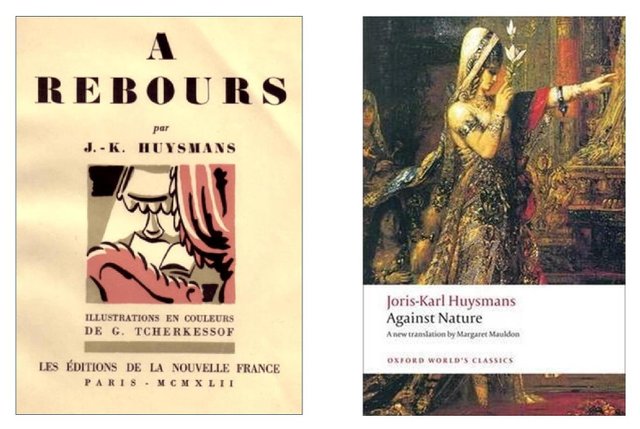
His argument can be summed up as follows: Floressas Des Esseintes, the main character, one day discovers the immense boredom that hides behind the absurdity and vulgarity of modern life. He decides to leave his festive city, although he lives in the best Paris of all time (that of the late 19th century, capital of art and of the most civilised universe) and isolates himself in a mansion on the outskirts, where he has his own personal "museum". There he explored all sorts of artistic manifestations (books, paintings and perfumes), until something unforeseen closed his "artificial paradise". As the writer Enrique Vila-Matas says: "The third person to whom Huysmans turns to narrate the profound rejection and tedium of the egoist Des Esseintes is in reality nothing more than a mask that masks the author himself".
Since it should not be extended any longer, I will quote some fragments from the novel:
Undoubtedly, Nature, that everlasting old pussy, has already finished with the trusting admiration of true artists, and the time has come for it to be replaced, whenever possible, by artifice.
Once separated from contemporary life, he decided not to introduce into his confinement anything that could provoke sorrow or repugnance, and so he acquired subtle, exquisite paintings, imbued with an ancient fantasy and aurea of past corruption, which had nothing in common with the customs of the time. To delight his spirit and delight his eyes, he decided to find evocative works that would transport him to an ignored and hidden world, that would shake his nervous system through erudite passions, complicated and anguished reveries and indolent and sinister visions.
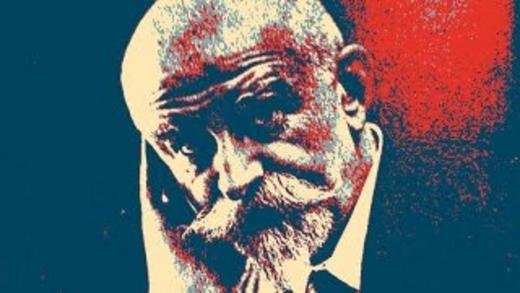
Finally, he realized that the arguments of pessimism were incapable of relieving him and that only the impossible faith in a future life could give peace to his spirit.
Des Esseintes, the character of À rebours, provides himself with a life of artificial sensations, in an environment also created by his artificial will, which is only capable of propitiating a disturbed, sick, desolate existence, even to emptiness and sinking, as is said in the lines near the end: "I couldn't close my eyes to the evidence that there was nothing left, everything was destroyed".
Bibliographic references
Balakian, Anna (1969). The symbolist movement. Spain: Edit. Guadarrama.
Baudelaire, Charles (1999). Salons and other writings on art. Spain: Visor.
Eco, Umberto (2005). History of beauty. Spain: Edit. Lumen.
Huysmans, J-k. (|980). Against Nature. Spain: Tusquets Editores.
Vila-Mata, Enrique (2010). Al revés (À rebours) by Joris-Karl Huysmans. https://algundiaenalgunaparte.com/2010/04/17/al-reves-a-rebours-de-joris-karl-huysmans/
https://en.wikipedia.org/wiki/Decadent_movement
(There is an English translation of À rebours which can be visited at the following link)
Written by @josemalavem
Click on the coin to join our Discord Chat

Witness proposal is here:
Go To Steem Witness Page
In the bottom of the page type: adsactly-witness and press vote.

Use small letters and no "@" sign. Or, click here to vote directly!
Thank you!
Symbolism and pre-raphalites are just wonderful!! I have many books about this art aera and I just love the way they painted :-)
When I hear about Dandism, the character that comes into my head is Oscar Wilde. A dandy was a man who considered himself elegant and refined, an educated and cultivated person, just as Wilde is described. . A style that mainly affected language and dress. The idea that the decadent movement, before assuming the term decadent in a negative way, would assume it as a flag, already seems to me an act of rebellion and rupture with certain prototypes. I remember Wilde Requiescat's poem:
Excellent work, as always, @josemalavem.
Yes, Oscar Wilde is one of the most representative dandis of the end of the century; perhaps his assumed homosexuality could highlight the character of Dandism. Although several years earlier, and in his initiating role, Baudelaire stands out; it is said that he dyed his hair green. Thank you for your reading and comment, @nancybriti. Greetings.
As always an impeccable and very interesting work, @josemalavem. I always appreciate the reading of these publications because they come loaded with much knowledge. Thank you for the review of the work À rebours by Joris-Karl Huysmans. Thanks to @adsactly for spreading these quality publications.
Hi, @adsactly!
You just got a 0.31% upvote from SteemPlus!
To get higher upvotes, earn more SteemPlus Points (SPP). On your Steemit wallet, check your SPP balance and click on "How to earn SPP?" to find out all the ways to earn.
If you're not using SteemPlus yet, please check our last posts in here to see the many ways in which SteemPlus can improve your Steem experience on Steemit and Busy.